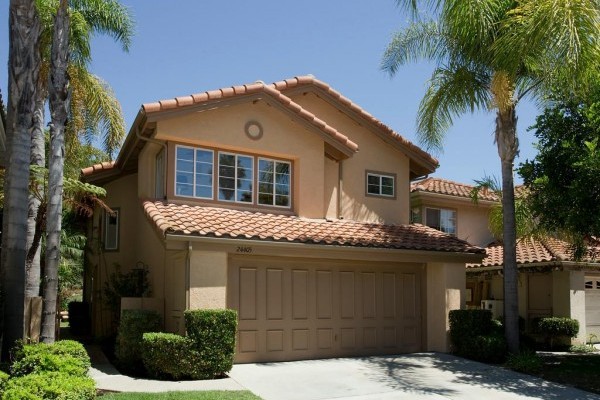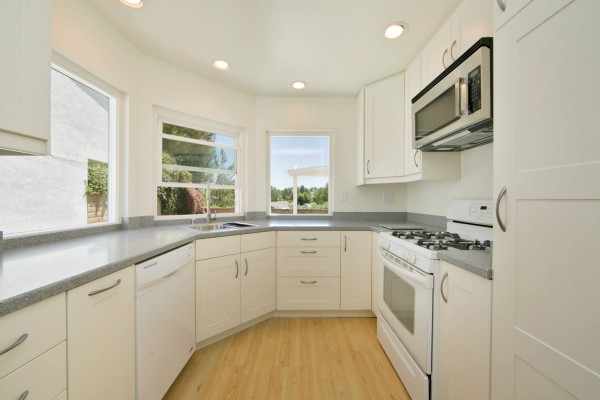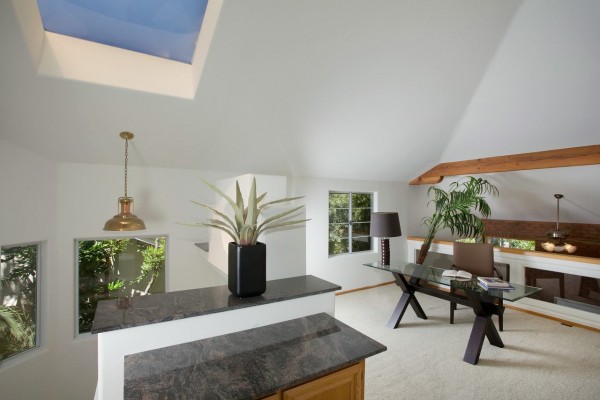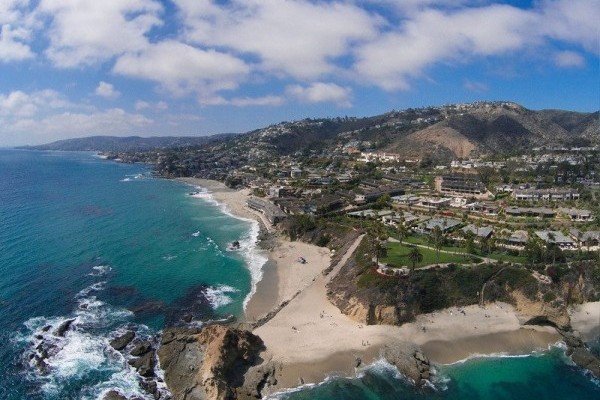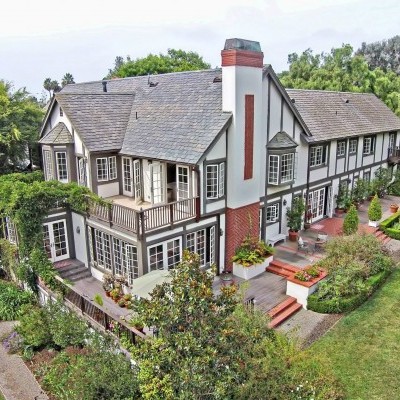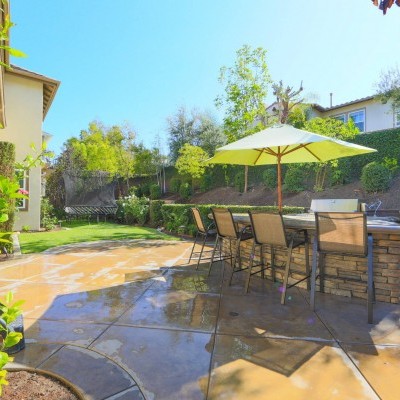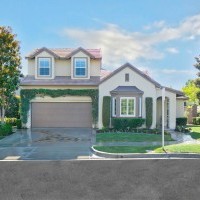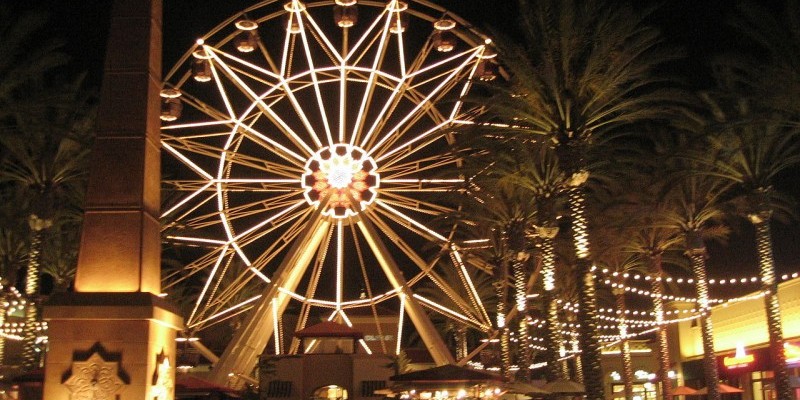
IRVINE CA
Date: 09/26/2015
Irvine is an affluent suburban city in Orange County, California, United States. It is a planned city, mainly developed by the Irvine Company since the 1960s. Formally incorporated on December 28, 1971, the 66 square miles (170 km2) city had a population of 212,375 as of the 2010 census; in 2013 the city's population was estimated to be 242,651. The city's mission statement is "to create and maintain a community where people can live, work, and play in an environment that is safe, vibrant, and aesthetically pleasing".
Because Irvine is home to highly-rated public schools, a large number of jobs requiring a skilled workforce, and residential housing, Irvine was chosen in 2008 by CNNMoney.com as the fourth best place to live in the United States. In 2012, it was ranked sixth nationally. In September 2011, Businessweek listed Irvine as the fifth best city in the United States. Irvine consistently ranks as the safest city in America with a population over 100,000. In 2014, Irvine was named the best-run city in the U.S. by 24/7 Wall Street. Irvine is home to the University of California, Irvine (UCI), Concordia University, Irvine Valley College, the Orange County Center of the University of Southern California (USC), Brandman University, California Southern University, and campuses of California State University Fullerton (CSUF), University of La Verne, Pepperdine University, Alliant International University, Kaplan International Colleges and Webster University. Irvine is also home to a number of corporations, particularly in the technology and semiconductor sectors.
History
Irvine was inhabited by the Gabriele%uFFFDo indigenous group about 2,000 years ago. Gaspar de Portol%uFFFD, a Spanish explorer, came to the area in 1769. This brought on the establishment of forts, missions and herds of cattle. The King of Spain parceled out land for missions and private use.
After Mexico's independence from Spain in 1821, the Mexican government secularized the missions and assumed control of the lands. It began distributing the land to Mexican citizens who applied for grants. Three large Spanish/Mexican grants made up the land that later became the Irvine Ranch: Rancho Santiago de Santa Ana, Rancho San Joaquin and Rancho Lomas de Santiago.
In 1864, Jose Andres Sepulveda, owner of Rancho San Joaquin sold 50,000 acres (200 km2) to Benjamin and Thomas Flint, Llewellyn Bixby and James Irvine for $18,000 to resolve debts due to the Great Drought. In 1866, Irvine, Flint and Bixby acquired 47,000-acre (190 km2) Rancho Lomas de Santiago for $7,000. After the Mexican-American war the land of Rancho Santiago de Santa Ana fell prey to tangled titles. In 1868, the ranch was divided among four claimants as part of a lawsuit: Flint, Bixby and Irvine. The ranches were devoted to sheep grazing. However, in 1870, tenant farming was permitted.
In 1878, James Irvine acquired his partners' interests for $150,000. His 110,000 acres (450 km2) stretched 23 miles (37 km) from the Pacific Ocean to the Santa Ana River. James Irvine died in 1886. The ranch was inherited by his son, James Irvine, Jr., who incorporated it into The Irvine Company. James, Jr. shifted the ranch operations to field crops, olive and citrus crops.
In 1888, the Santa Fe Railroad extended its line to Fallbrook Junction (north of San Diego) and named a station along the way after James Irvine. The town that formed around this station was named Myford, after Irvine's son, because a post office in Calaveras County already bore the family name. The town was renamed Irvine in 1914.
By 1918, 60,000 acres (240 km2) of lima beans were grown on the Irvine Ranch. Two Marine Corps facilities, MCAS El Toro and MCAS Tustin, were built during World War II on ranch land sold to the government.
James Irvine, Jr., died in 1947 at the age of 80. His son, Myford, assumed the presidency of The Irvine Company. He began opening small sections of the Irvine Ranch to urban development.
The Irvine Ranch played host to the Boy Scouts of America's 1953 National Scout Jamboree. Jamboree Road, a major street which now stretches from Newport Beach to the city of Orange, was named in honor of this event. David Sills, then a young Boy Scout from Peoria, Illinois, was among the attendees at the 1953 Jamboree. Sills came back to Irvine as an adult and went on to serve four terms as the city's mayor.
Myford Irvine died in 1959. The same year, the University of California asked The Irvine Company for 1,000 acres (4 km2) for a new university campus. The Irvine Company sold the requested land for $1 and later the state purchased an additional 500 acres (2.0 km2).
William Pereira, the university's consulting architect, and The Irvine Company planners drew up master plans for a city of 50,000 people surrounding the new university. The plan called for industrial, residential and recreational areas, commercial centers and greenbelts. The new community was to be named Irvine; the old agricultural town of Irvine, where the railroad station and post office were located, was renamed East Irvine. The first phases of the villages of Turtle Rock, University Park, Westpark (then called Culverdale), El Camino Real, and Walnut were completed by 1970.
On December 28, 1971, the residents of these communities voted to incorporate a substantially larger city than the one envisioned by the Pereira plan. By January 1999, Irvine had a population of 134,000 and a total area of 43 square miles (111 km2).
In the 1970s the mayor was Bill Vardoulis.
After the Fall of Saigon in 1975, there was a large influx of Vietnamese refugees settling in Fountain Valley, especially in the late 1970s and throughout the 80s, forming a large percentage of Asian Americans in the city.
In late 2003, after a ten-year-long legal battle, Irvine annexed the former El Toro Marine Corps Air Station. This added 7.3 square miles (19 km2) of land to the city, and blocked an initiative championed by Newport Beach residents to replace John Wayne Airport by a new airport at El Toro. Most of this land has become part of the Orange County Great Park.
Geography
Irvine borders Tustin to the north, Santa Ana to the northwest, Lake Forest to the east, Laguna Hills onto the southeast, Costa Mesa to the west, and Newport Beach to the southwest. San Diego Creek, which flows northeast into Upper Newport Bay, is the primary watercourse draining the city. Its largest tributary is Peters Canyon Wash. Most of Irvine is in a broad, flat valley between Loma Ridge in the north and San Joaquin Hills in the south. In the extreme northern and southern areas, however, are several hills, plateaus and canyons.
A planned city
The layout of Irvine was designed by Los Angeles architect William Pereira and Irvine Company employee Raymond Watson, and is nominally divided into townships called villages. The townships are separated by six-lane streets. Each township contains houses of similar design, along with commercial centers, religious institutions and schools. Commercial districts are checker-boarded in a periphery around the central townships.
Pereira originally envisioned a circular plan with numerous man-made lakes and the university in the center. When the Irvine Company refused to relinquish valuable farmland in the flat central region of the ranch for this plan, the University site was moved to the base of the southern coastal hills. The design that ended up being used was based on the shape of a necklace (with the villages strung along two parallel main streets, which terminate at University of California, Irvine (UCI), the "pendant"). Residential areas are now bordered by two commercial districts, the Irvine Business Complex to the west and the Irvine Spectrum to the east. Traces of the original circular design are still visible in the layout of the UCI campus and the two man-made lakes at the center of Woodbridge, one of the central villages.
All streets have landscaping allowances. Rights-of-way for powerlines also serve as bicycle corridors, parks and greenbelts to tie together ecological preserves. The greenery is irrigated with reclaimed water. The homeowners' associations which govern some village neighborhoods exercise varying degrees of control on the appearances of homes. In more restrictive areas, houses' roofing, paint colors, and landscaping are regulated. Older parts of the Village of Northwood that were developed beginning in the early 1970s independently of the Irvine Company, have the distinction of being a larger village that is not under the purview of a homeowners' association. As a result, homeowners in the older Northwood areas do not pay a monthly village association fee; its neighborhoods are generally not as uniform in appearance as those in other villages, such as Westpark and Woodbridge. However, the more tightly regulated villages generally offer more amenities, such as members-only swimming pools, tennis courts, and parks.
In addition to association dues, homeowners in villages developed in the 1980s and later may be levied a Mello-Roos assessment, which came about in the post-Proposition 13 era. For homeowners in these areas, the association dues coupled with the Mello-Roos assessment may add significantly to the cost of living in the city.
The villages
Each of the villages was initially planned to have a distinct architectural theme.
- El Camino Glen
- College Park
- The Colony
- Cypress Village
- Deerfield (mixed styles)
- East Irvine
- El Camino Real (Spanish/Neo-Eclectic)
- Greentree
- Irvine Groves
- Irvine Spectrum (Contemporary/Moroccan)
- Harvard Square
- Heritage Fields
- Laguna Altura
- Lambert Ranch
- Northpark (French Country, Formal French, Italian Country, Formal Italian, Monterey and Spanish Colonial)
- Northpark Square (Spanish Mission)
- Northwood (Bungalow, Craftsman)
- Oak Creek (mixed styles)
- Old Towne Irvine
- Orangetree
- Orchard Hills (Rural Craftsman/Spanish/Tuscan)
- Park Lane
- Parkside
- Pavilion Park
- Portola Springs (Spanish/Tuscan)
- Planning Area 40 (Future Village)
- Quail Hill (Spanish/Tuscan)
- Racquet Club
- The Ranch
- Rancho San Joaquin (Shed style)
- Rosegate (Spanish/Tuscan)
- Stonegate (Spanish)
- Shady Canyon (Tuscan Ranch)
- Turtle Ridge (Tuscan)
- Turtle Rock (mixed styles)
- University Hills
- University Park (California Modern)
- University Town Center (mixed styles)
- Walnut (Prairie Style)
- West Irvine (California Modern)
- Westpark (Italian Riviera/Mediterranean)
- The Willows
- Windwood
- Woodbridge (Atlantic Coast)
- Woodbury (Tuscan/Spanish/French)
- Woodbury East (Spanish)
- Columbus Grove
Climate
Irvine, like most of coastal Southern California, generally has a Mediterranean climate (K%uFFFDppen climate classification Csa). Summers are warm-to-hot, and winters are cool-to-warm, rarely falling below freezing. Precipitation in Irvine occurs predominantly during the winter months. Although snow is nonexistent, frost occasionally occurs.
| Climate data for Irvine, California | |||||||||||||
|---|---|---|---|---|---|---|---|---|---|---|---|---|---|
| Month | Jan | Feb | Mar | Apr | May | Jun | Jul | Aug | Sep | Oct | Nov | Dec | Year |
| Record high %uFFFDF (%uFFFDC) | 96 (36) |
95 (35) |
98 (37) |
104 (40) |
105 (41) |
109 (43) |
110 (43) |
103 (39) |
111 (44) |
106 (41) |
101 (38) |
95 (35) |
111 (44) |
| Average high %uFFFDF (%uFFFDC) | 69 (21) |
70 (21) |
72 (22) |
76 (24) |
79 (26) |
83 (28) |
89 (32) |
90 (32) |
89 (32) |
82 (28) |
75 (24) |
68 (20) |
79 (26) |
| Average low %uFFFDF (%uFFFDC) | 46 (8) |
46 (8) |
46 (8) |
49 (9) |
53 (12) |
57 (14) |
61 (16) |
62 (17) |
60 (16) |
55 (13) |
50 (10) |
46 (8) |
53 (12) |
| Record low %uFFFDF (%uFFFDC) | 25 (-4) |
25 (-4) |
29 (-2) |
31 (-1) |
35 (2) |
39 (4) |
42 (6) |
45 (7) |
40 (4) |
34 (1) |
30 (-1) |
25 (-4) |
25 (-4) |
| Precipitation inches (mm) | 2.96 (75.2) |
3.07 (78) |
2.79 (70.9) |
.77 (19.6) |
.28 (7.1) |
.10 (2.5) |
.01 (0.3) |
.14 (3.6) |
.34 (8.6) |
.40 (10.2) |
1.22 (31) |
1.79 (45.5) |
13.87 (352.3) |
| Source: NOAA | |||||||||||||
Economy



Irvine's tourism information is coordinated through the Destination Irvine program run by the Chamber of Commerce. The program provides information on Irvine as a place to vacation and as a destination for meetings, events and other business initiatives. Irvine has been rated one of the top cities for start-up businesses and its strong, fast-growing economy helped place Orange County as one of the top ten fastest growing job markets.
Irvine is also used as a location for film projects. The city government grants free or low-cost filming permits and offers location information to prospective productions.
Business
The following notable companies are headquartered in Irvine:
- Allergan, Inc.
- ATEN Technology, Inc. (a division of ATEN International, Inc.)
- BAX Global
- Blizzard Entertainment
- Boot Barn
- Broadcom Corporation
- CorVel Corporation
- eMachines
- Edwards Lifesciences
- Epicor Software Corporation
- Felt Bicycles
- Fisker Coachbuild
- Ford Motor Company (West Coast Design Center)
- Freedom Communications
- Gateway, Inc.
- Golden State Foods
- HID
- iLounge
- In-N-Out Burger
- K2 Network
- Kofax
- LA Fitness
- Maruchan, Inc. (a division of Toyo Suisan)
- Meade Instruments
- Masimo
- Obsidian Entertainment
- O'Neill, Inc.
- Online Trading Academy
- Paragon Software Group
- Point of View, Inc.
- Printronix
- Quicksilver Software
- Ready at Dawn
- Red 5 Studios
- Ruby's Diner
- Spectrum Group International
- St. John
- Standard Pacific Homes
- Superformance, LLC
- Taco Bell (a division of Yum! Brands, Inc.)
- Ultimate Ears
- Vizio
- Western Digital
- Western Mutual Insurance Group
- Zymo Research
The following international companies have their North American headquarters in Irvine:
Top employers
As of 2014, the top employers in the city were:
| # | Employer | # of employees | Sector |
|---|---|---|---|
| 1 | University of California, Irvine | 15,750 | Education |
| 2 | Irvine Unified School District | 4,285 | Education |
| 3 | Blizzard Entertainment | 2,620 | Video games |
| 4 | Broadcom Corporation | 2,604 | Semiconductors |
| 5 | Edwards Lifesciences | 2,575 | Medical |
| 6 | Parker Hannifin | 2,400 | Aircraft |
| 7 | Allergan | 1,922 | Pharmaceuticals |
| 8 | Verizon Wireless | 1,472 | Telecommunications |
| 9 | B. Braun Medical | 1,370 | Medical |
| 10 | Western Digital | 1,300 | Computer Storage |


















